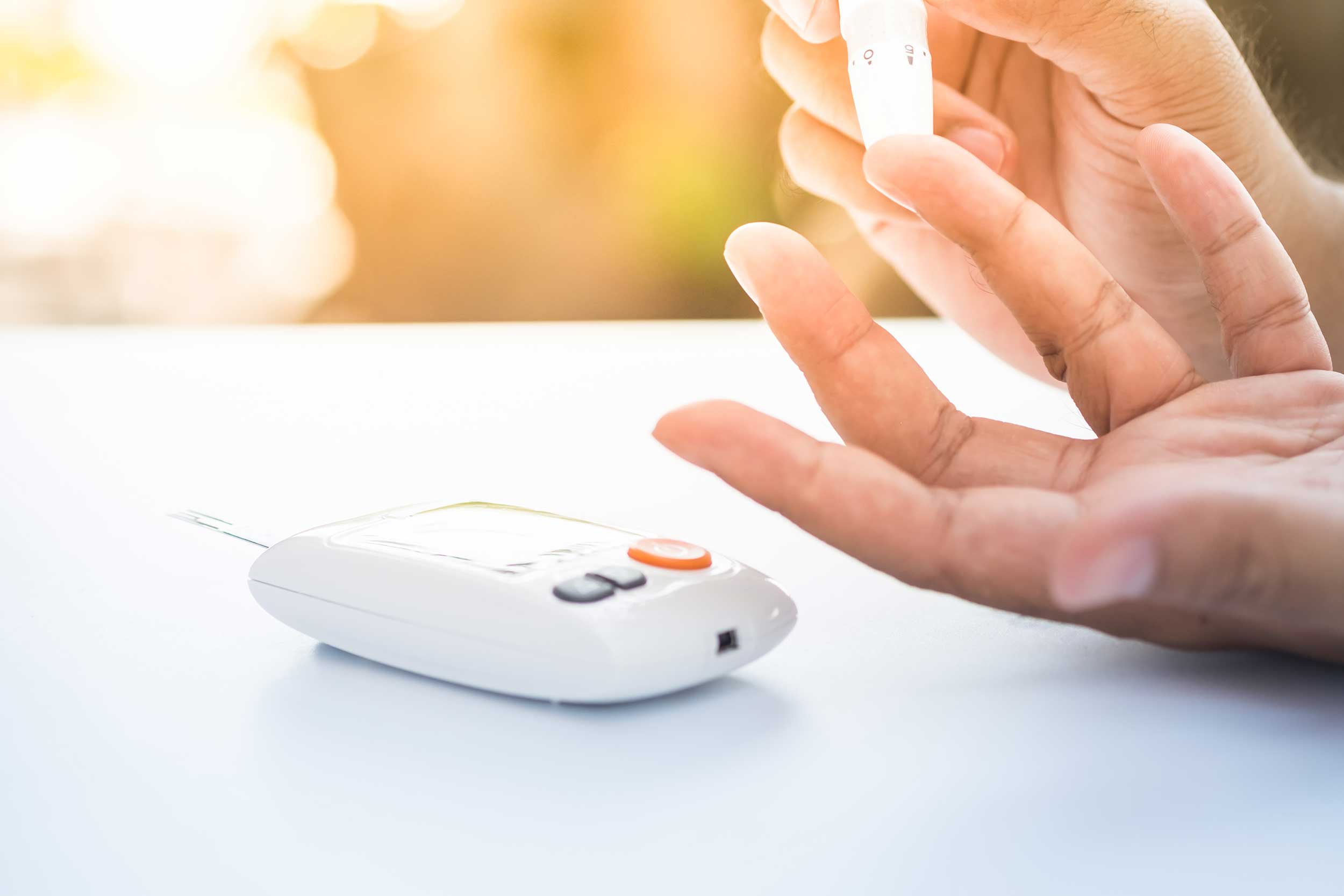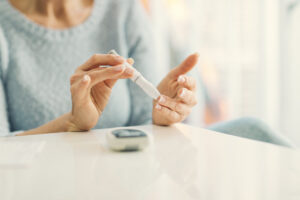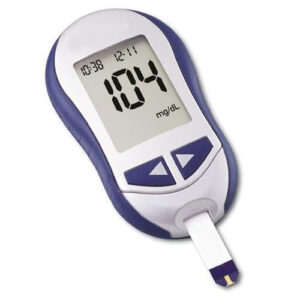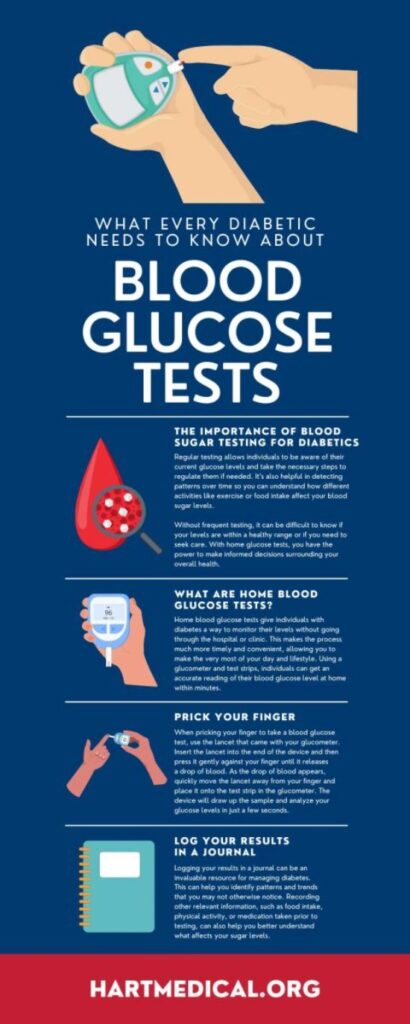Blood sugar monitoring

• Regular blood sugar monitoring is the most important thing you can do to manage type 1 and type 2 diabetes.
• Blood sugar testing is an important part of diabetes care.
• Blood sugar testing helps many people with diabetes manage the condition and prevent health problems.
• There are several main ways to test your blood sugar. You can use a device that measures your sugar levels throughout the day and night with a tiny sensor. This is called continuous glucose monitor (CGM).
• Or you can test yourself as needed with a portable electronic device that uses a small drop of blood. This is called blood sugar level.
Why test blood sugar

Blood sugar testing gives useful information to manage diabetes.
It can help you:
• Track the effect of diabetes medicine on blood sugar levels.
• Adjust doses of diabetes medicines with the guidance of your healthcare team.
• Find out if blood sugar levels are high or low. Then, if needed, change the treatment to treat high blood sugar or take fast-acting carbohydrates to treat low blood sugar.
• Track progress in reaching your treatment goals.
• Learn how diet and exercise affect blood sugar levels.
• Understand how other factors such as sickness or stress affect blood sugar levels
How to use blood sugar meter

There are different kinds of meters, but most of them work the same way.
Ask your healthcare team to show you the benefits of each.
In addition to you, have someone else learn how to use your meter in case you’re sick and can’t check your blood sugar yourself.
Below are tips for how to use a blood sugar meter:
• Make sure the meter is clean and ready to use. After removing a test strip, immediately close the test strip container tightly. Test strips can be damaged if they are exposed to moisture.
• Wash your hands with soap and warm water. Dry well. Massage your hand to get blood into your finger. Don’t use alcohol because it dries the skin too much.
• Use a lancet to prick your finger. Squeezing from the base of the finger, gently place a small amount of blood onto the test strip. Place the test strip in the meter.
• After a few seconds, the reading will appear. Track and record your results. Add notes about anything that might have made the reading out of your target range, such as food, activity, etc.
• Properly dispose of the lancet and strip in a trash container.
• Do not share blood sugar monitoring equipment, such as lancets, with anyone, even other family members.
• Store test strips in the container provided. Do not expose them to moisture, extreme heat, or cold temperatures.

